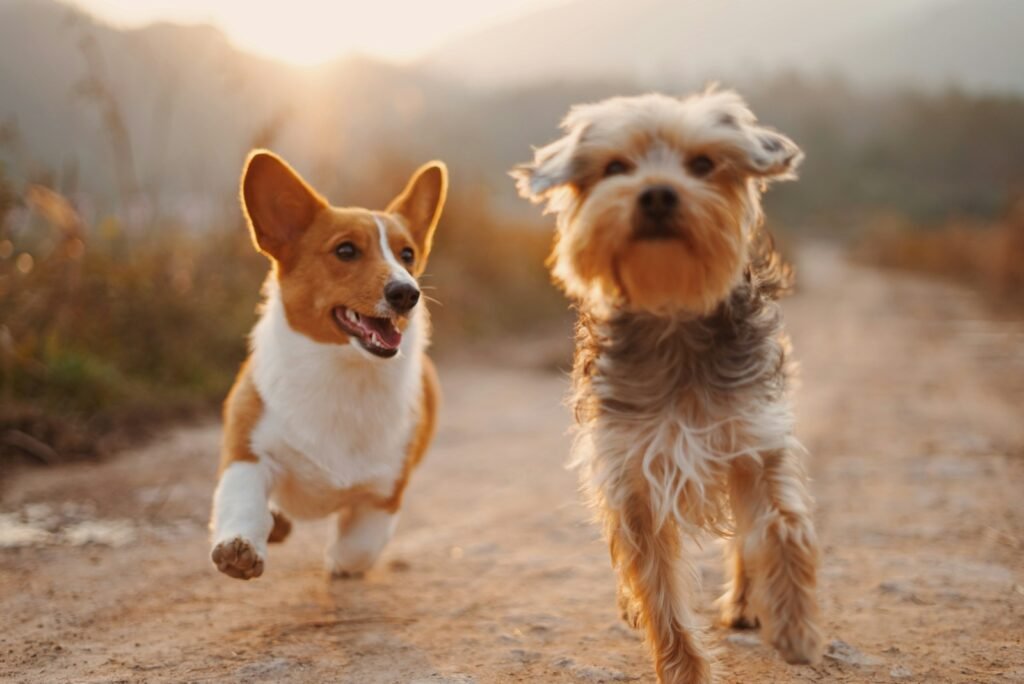Families aren’t just choosing a pet; they’re choosing a playmate, a safety net, and a daily dose of joy. Ask veterinarians what works best with children, and you’ll hear a familiar chorus: patient temperaments, sturdy builds, and trainability matter more than flashy looks. The right dog can turn school-night chaos into giggles and quiet cuddles, while the wrong match can stress everyone. In clinics and training rooms, a clear picture emerges – certain breeds tend to thrive in kid-filled homes when socialized and guided well. Here’s the evidence-based, heart-forward guide to the breeds vets routinely applaud for family life, and what to consider before you bring one home.
Labrador Retriever
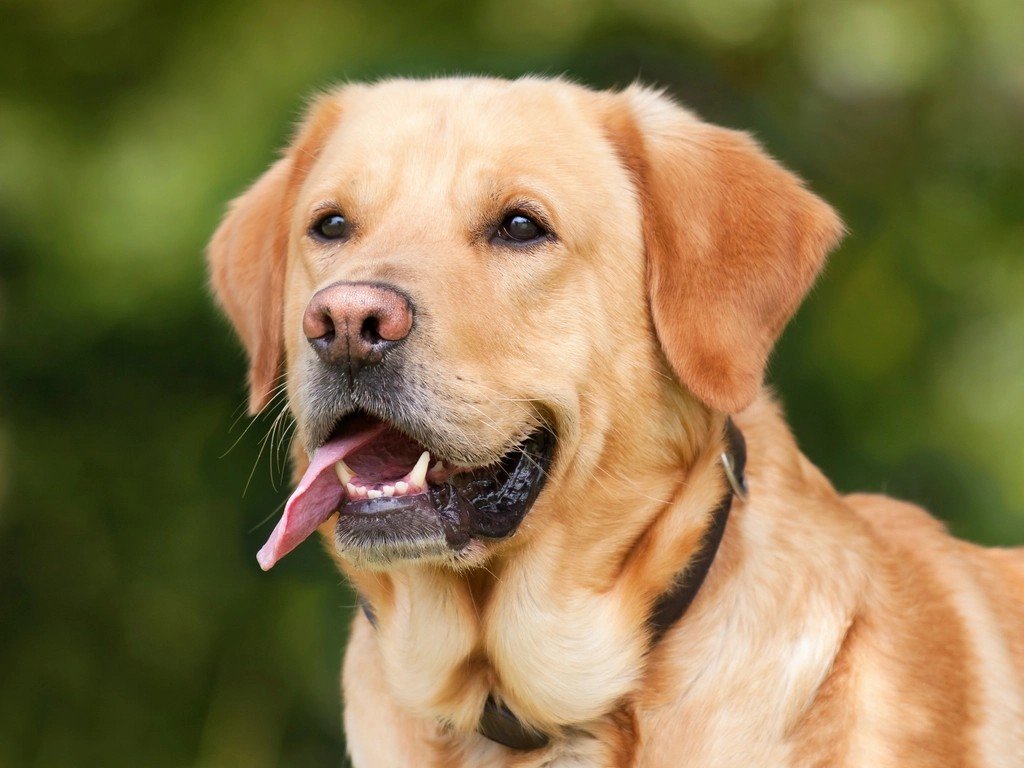
Labs are the classic family teammate: steady-nerved, people-pleasing, and born to fetch soccer balls. Their eagerness to learn makes house rules stick, and their tolerant nature helps them roll with noisy afternoons.
Daily exercise is nonnegotiable, and a bored Lab will invent messy hobbies. Keep food portions honest because Labs can be overeager eaters, and add puzzle feeders to engage that bright brain. With basics in place, they’re often the friendly anchor a busy household needs.
Golden Retriever
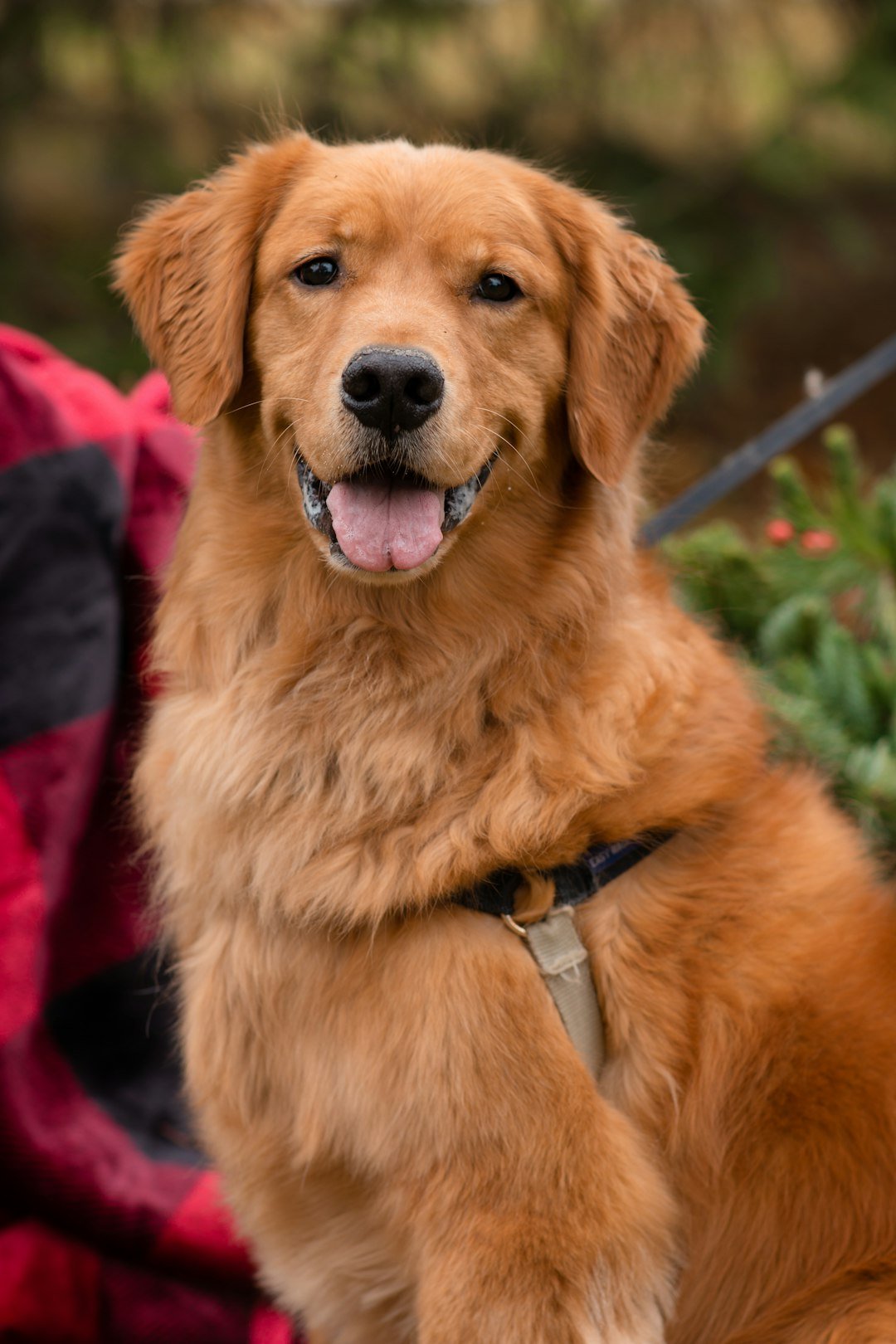
Gentle and social, Goldens are soft-mouthed companions who seem to speak kid. They thrive on inclusion – walks, games, homework time at your feet – turning ordinary evenings into calm, golden-lit moments.
Regular brushing keeps their coat manageable, and early training curbs overexuberant greetings. Because they’re sensitive, consistent, upbeat guidance works better than stern corrections. Think of a Golden as an emotional thermostat that nudges the home toward warm.
Cavalier King Charles Spaniel
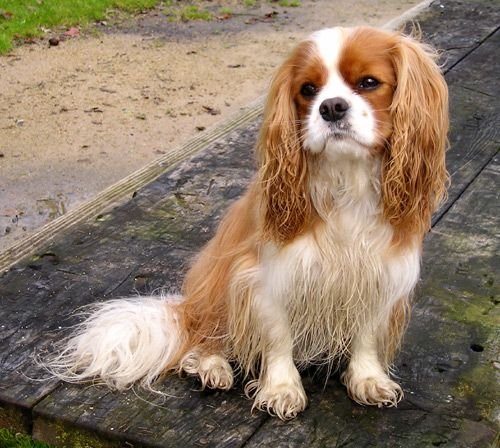
Cavaliers bring big-heart energy in a small package, ideal for apartments or homes where lap time matters. Their sociable nature and soft expression make them natural comforters after tough school days.
They do best with gentle play rather than roughhousing, and daily walks plus short play bursts meet their needs. Routine vet checks are important for this breed; listening to your vet’s guidance keeps them thriving. When treated as a family member, Cavaliers return affection tenfold.
Standard and Miniature Poodle
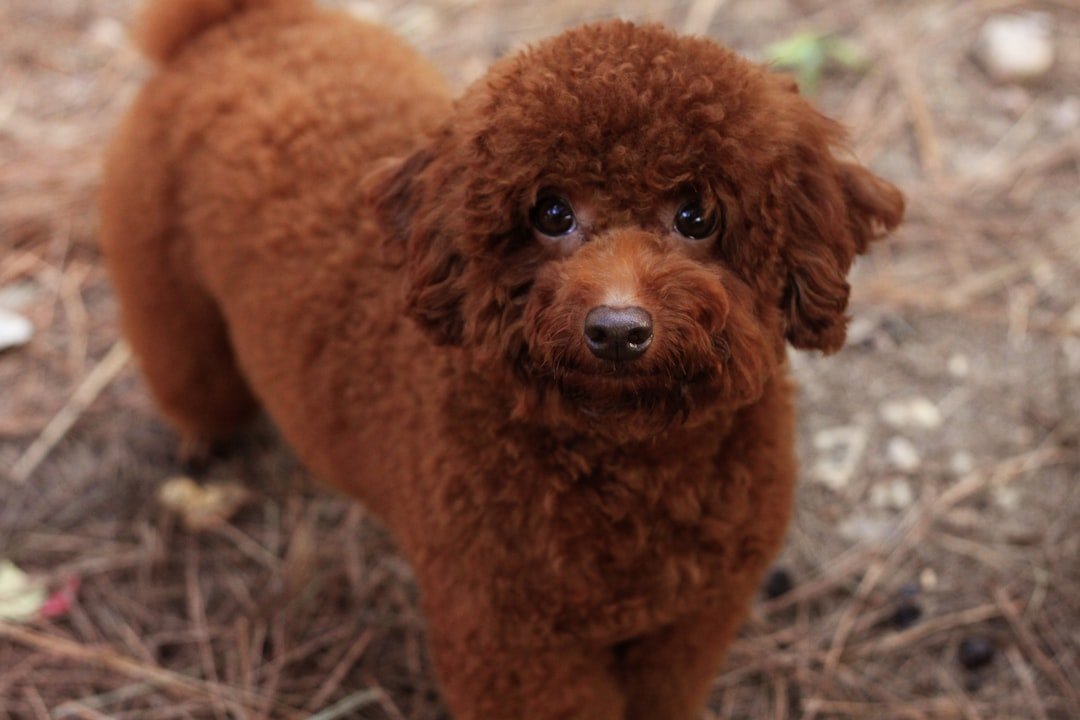
Poodles combine quick minds with low-shedding coats, a practical pairing for many families. Standard Poodles tend to be graceful athletes, while Minis are compact buddies with the same sharp learning curve.
Because they’re clever, they love jobs – hide-and-seek, scent games, trick training. Regular grooming is part of the deal, so budget time or professional care. If you like a dog that reads the room and then joins the joke, a Poodle fits.
Beagle
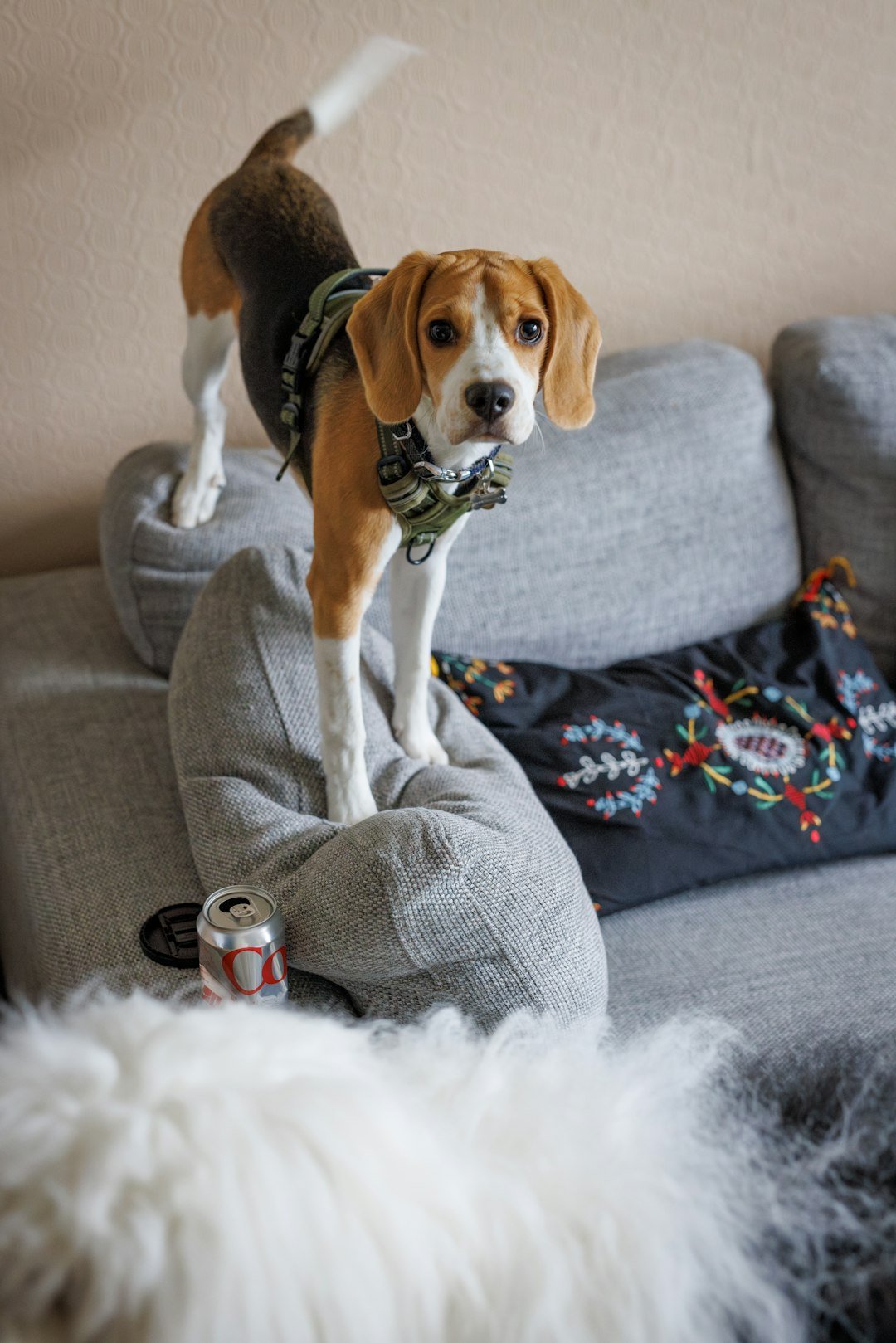
Beagles bring curiosity and cheerful chaos in equal measure, and kids often adore their earnest faces. They’re sturdy enough for backyard adventures and gentle enough for story time.
That famous nose means secure fences and leashes are essential – scent first, questions later. My own family’s Beagle taught us patience and the value of a long, sniffy walk after homework. With consistency, their songs get shorter and their manners get sharper.
Boxer

Boxers are goofy guardians with a bounce that can power a Saturday morning. They’re expressive, people-focused, and surprisingly patient with children once the wiggles are managed.
Plan on daily exercise and basic obedience to channel enthusiasm into games, not shoulder bumps. Their sleek coats are easy to maintain, but their brains need puzzles and purpose. In return, you get a loyal clown who takes family duty seriously.
Newfoundland
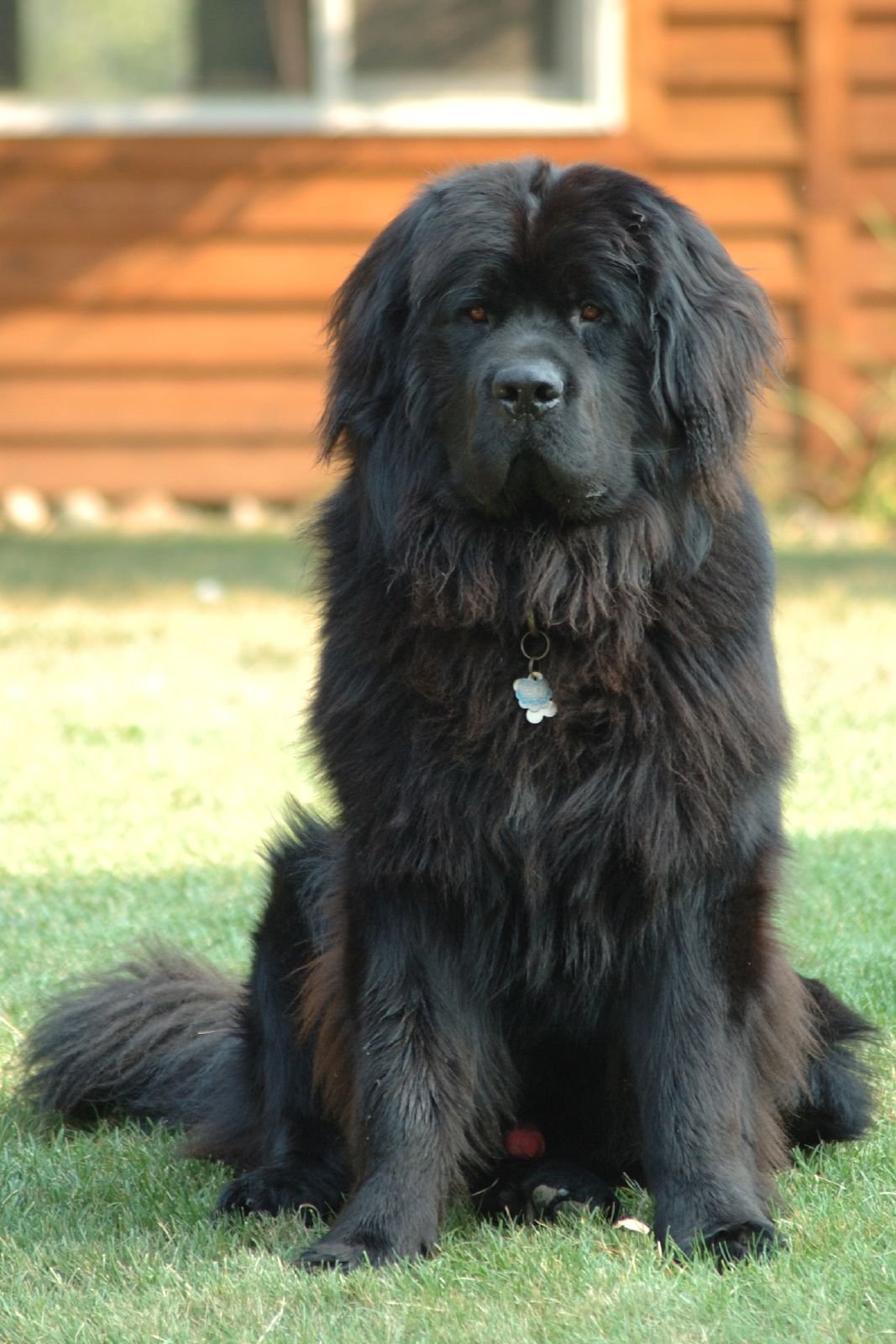
The Newfoundland is the gentle giant of kid-friendly dogs, famous for calm patience and water-loving instincts. Picture a plush lifeguard who prefers hugs to heroics – until steadiness is needed.
Because of their size, supervise around toddlers and teach polite interactions both ways. Moderate exercise, careful nutrition, and grooming for that grand coat are key. Treated thoughtfully, a Newf can be the living teddy bear of family lore.
Bernese Mountain Dog
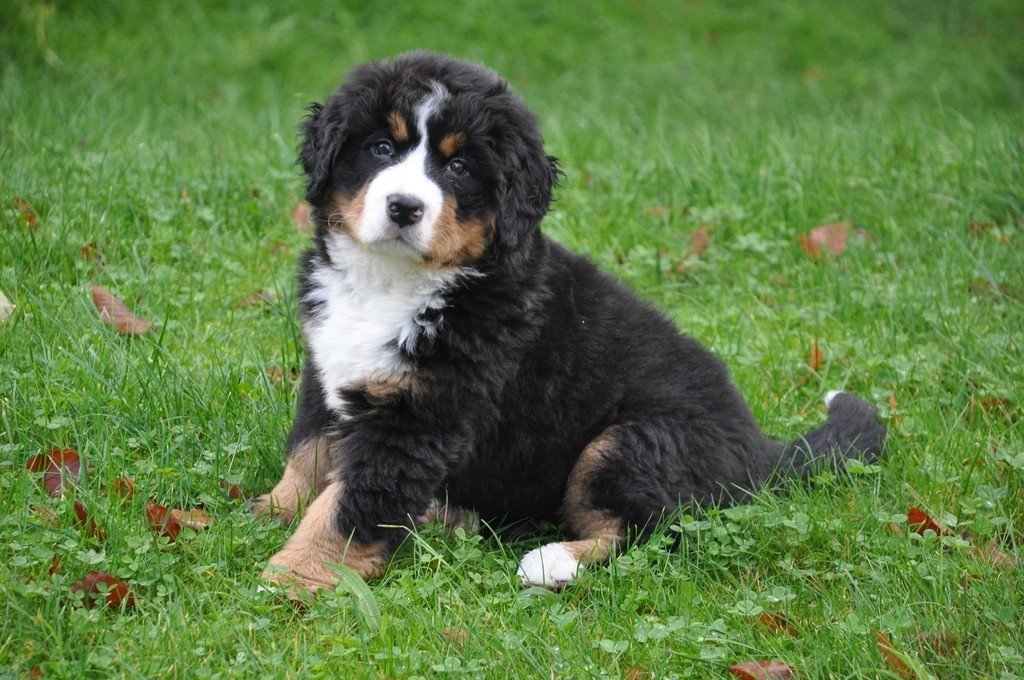
Berners are affectionate, slow-to-anger companions who carry a quiet dignity into the playroom. They bond deeply and tend to move at a considerate pace around small children.
Their thick coats call for regular brushing, and they’re happier in cooler weather with shaded rest in warm months. Keep training gentle and clear; they respond to kindness faster than to pressure. In exchange, you’ll get a steady presence that feels like home.
Collie (Rough or Smooth)
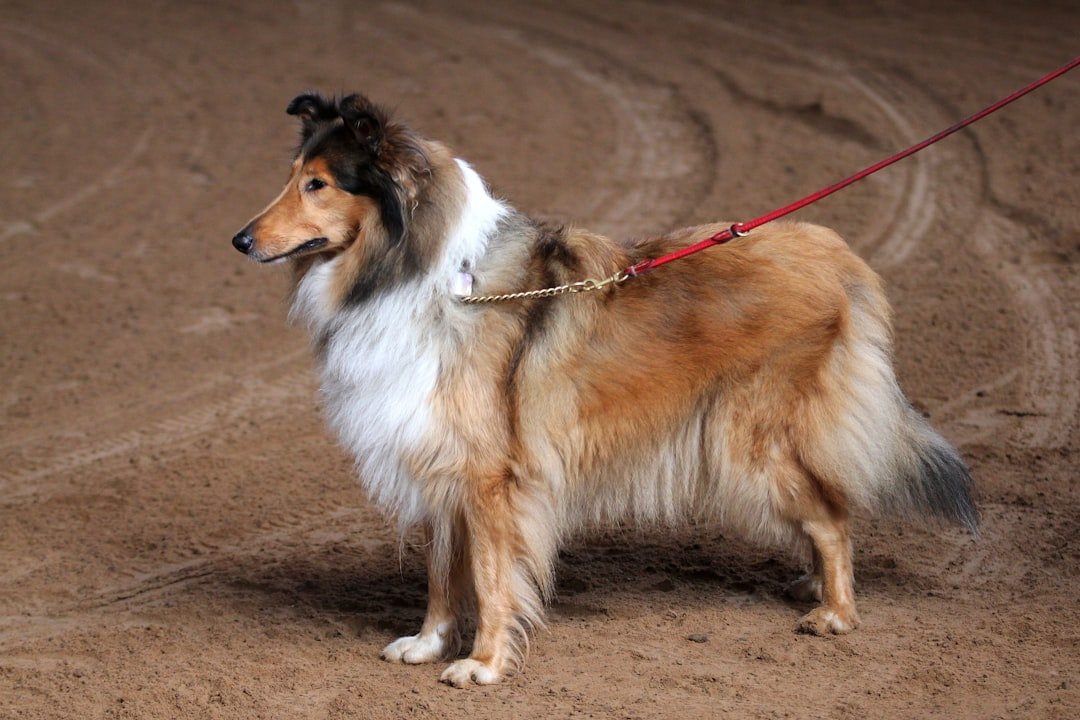
Collies pair sensitivity with smarts, reading family moods like seasoned counselors. Many are naturally nurturing, hovering kindly without making a fuss.
Because of their herding heritage, teach calm recall and polite play early to prevent ankle herding. Regular brushing for Rough coats or quick grooming for Smooth keeps them comfortable. When a Collie clicks with your routine, the whole house seems to breathe easier.
Bichon Frise
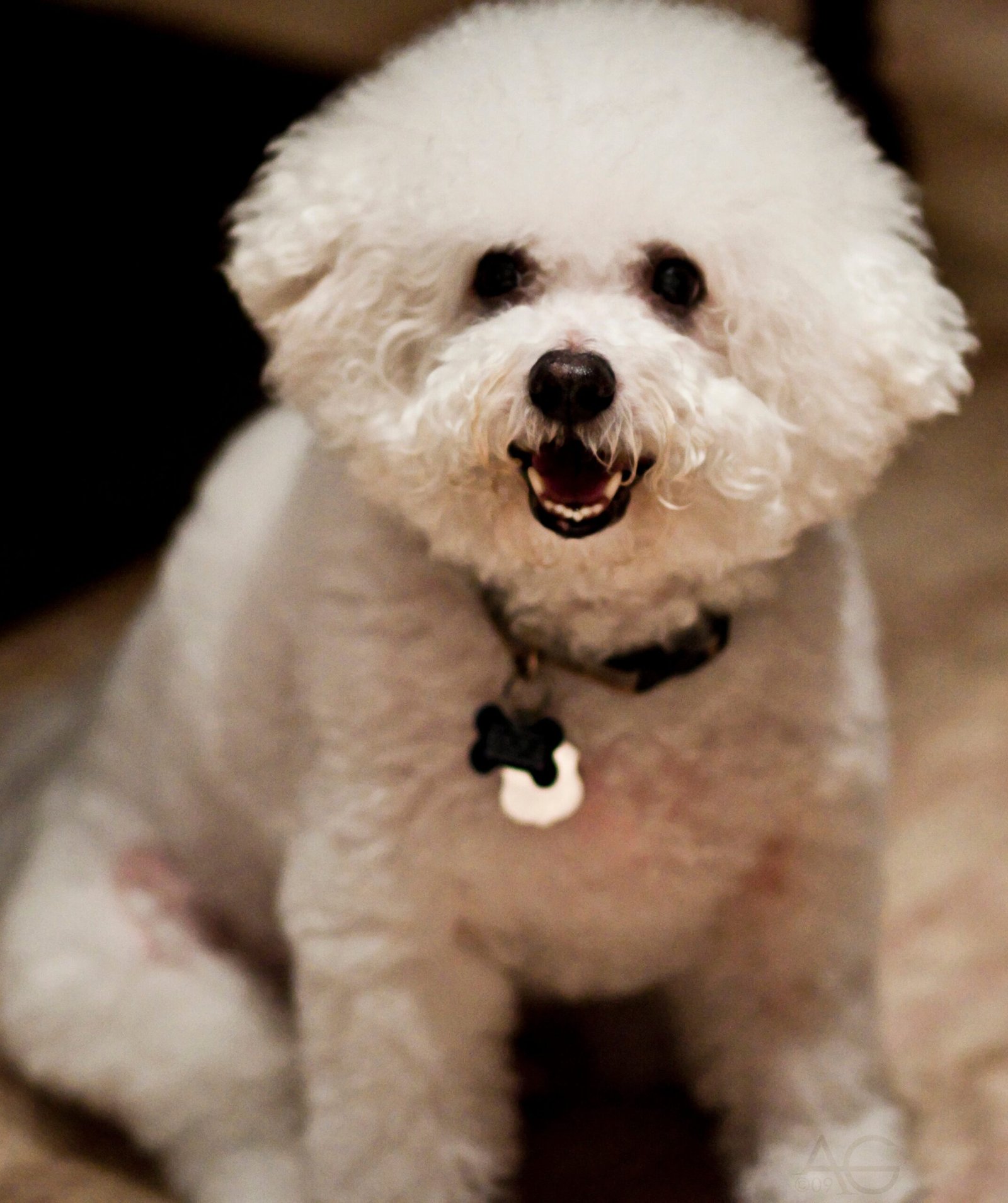
Bright-eyed and merry, the Bichon is a small dog with social stamina. They’re often a good fit for families who want a playful companion that doesn’t overwhelm a small space.
Their low-shedding coat requires routine grooming, and their cheerful energy thrives on training games. Keep play sessions short and frequent, and they’ll sparkle without getting overstimulated. The payoff is a portable entertainer who naps like a pro.
Why It Matters
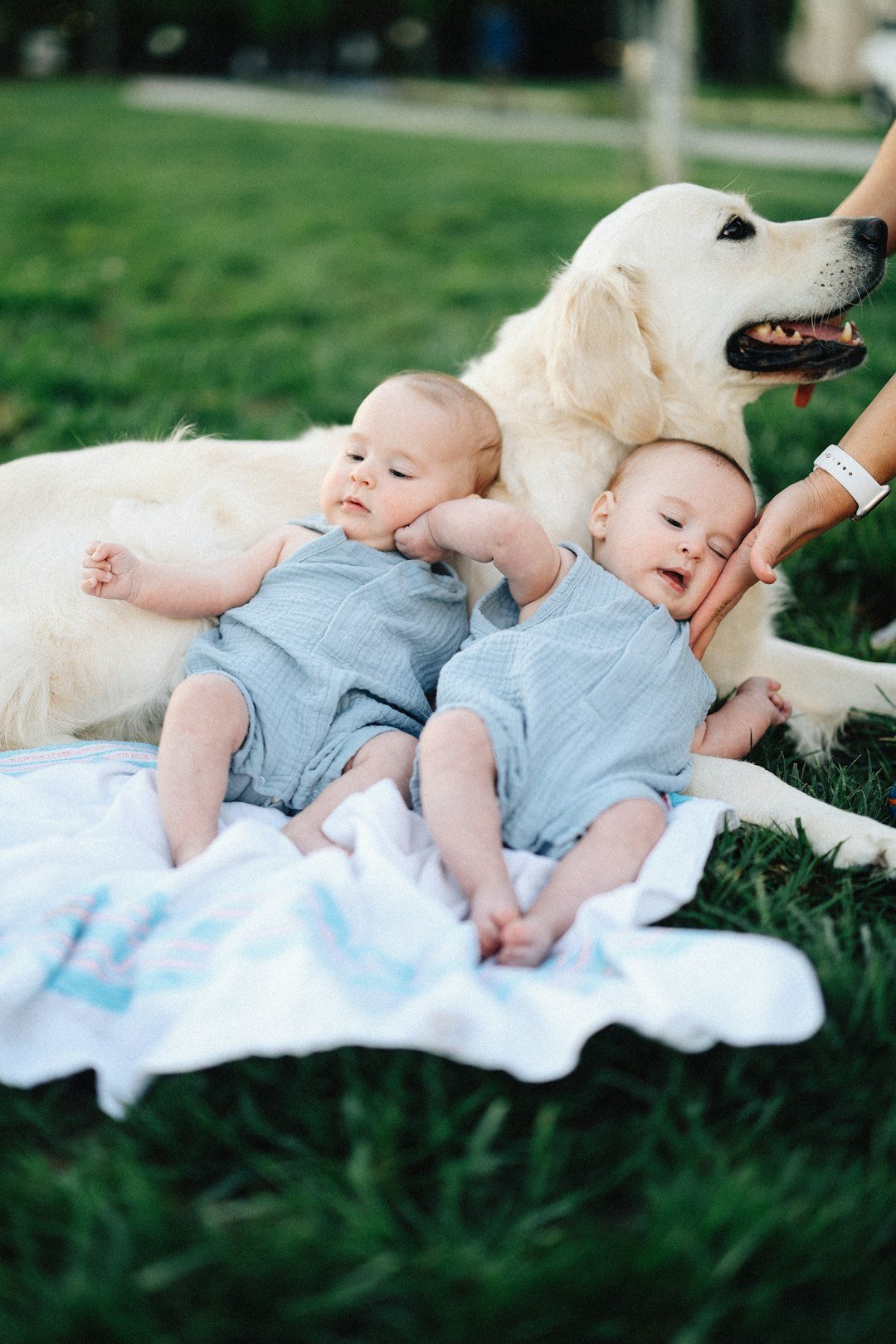
Choosing a dog for a family isn’t just about cuteness; it’s about developmental science and safety. Positive dog–child interactions can encourage empathy, routine, and physical activity, while mismatches can heighten stress and risk.
Veterinarians prioritize traits – stable temperament, trainability, and body resilience – because these predict day-to-day harmony better than trends. Early socialization windows, typically in the first few months, set the tone for a lifetime of calm reactions. Framed this way, the “right breed” is really a bundle of probabilities that you tilt in your favor with training, enrichment, and supervision.
The Future Landscape
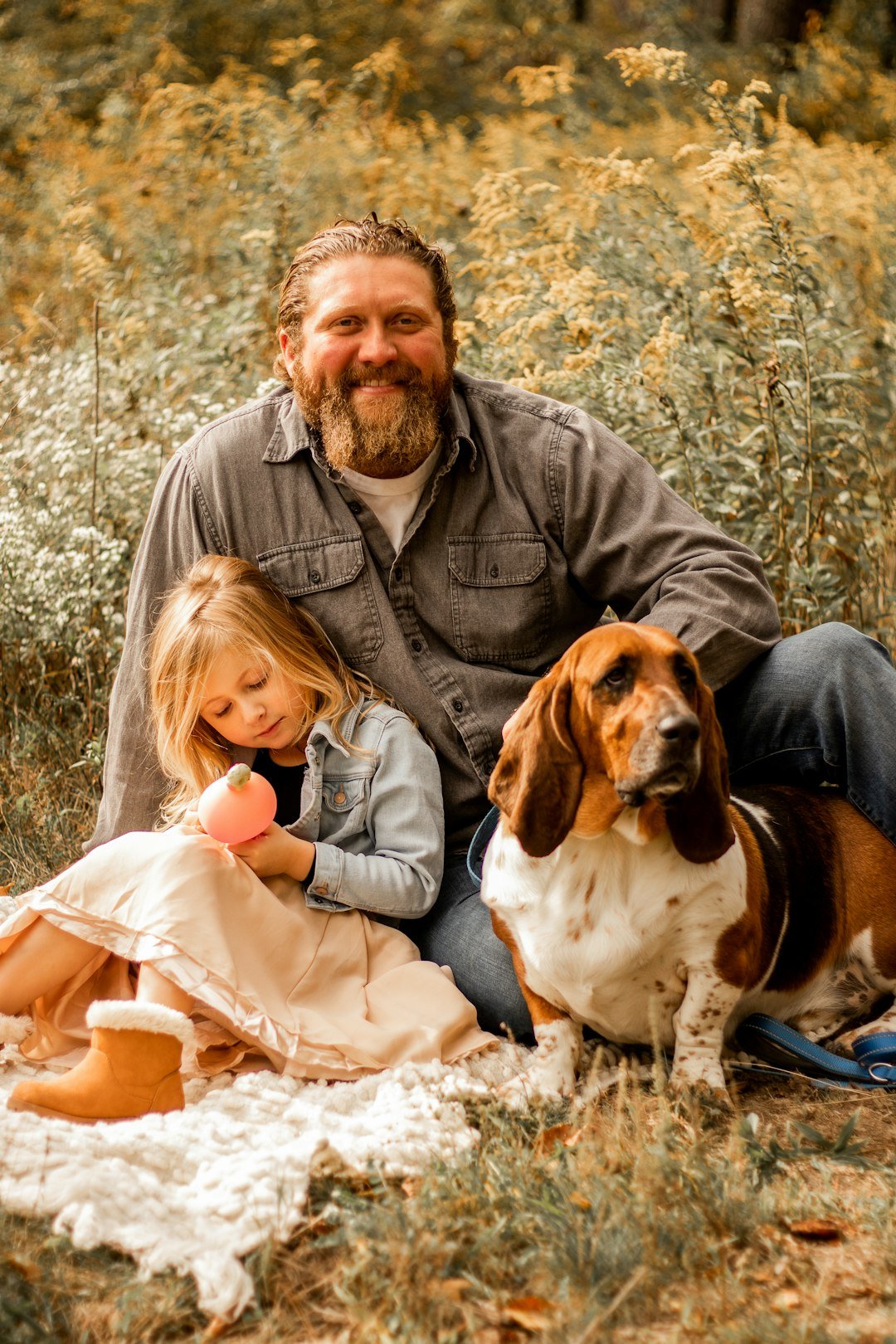
Family dog matching is evolving as behavior data, wearable sensors, and genetics inform better choices. Shelters and breeders are testing structured temperament assessments that look beyond appearance to predict family fit.
Expect more adoption platforms to include activity profiles, tolerance to novelty, and noise sensitivity scores. We’ll also see growth in enrichment tech – smart feeders, scent puzzles, and kid-safe training apps that make chores feel like games. The goal is simple: fewer returns, stronger bonds, and homes where both children and dogs flourish.
Conclusion
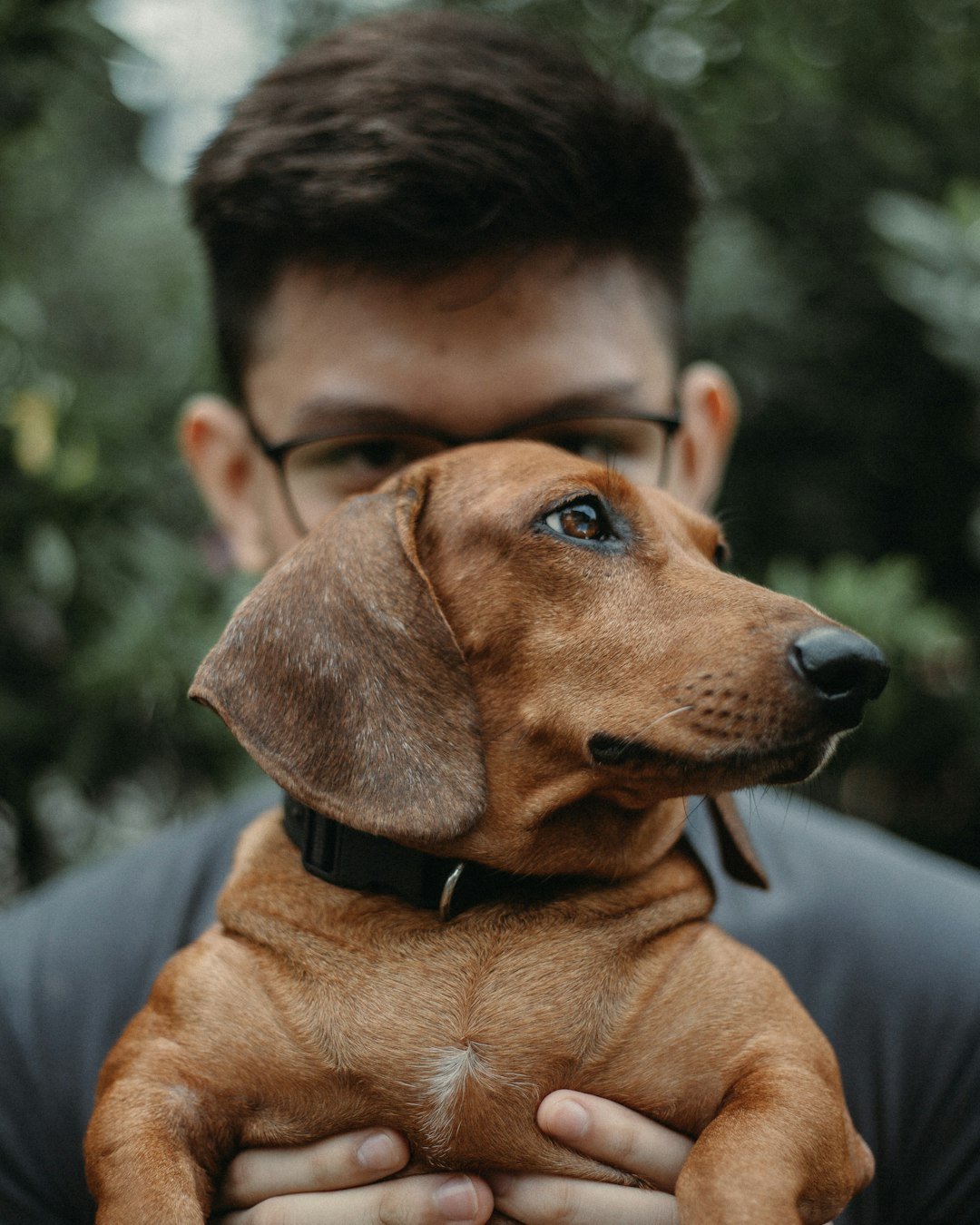
Start with a conversation: ask your veterinarian about temperament, health screening, and daily needs before you fall for a photo. Visit dogs multiple times, watch their recovery after surprises, and picture your real routine – weeknights, muddy weekends, the school rush.
Plan for training, enrichment, and supervision, and teach children to respect a dog’s space, especially around food and rest. Whether you choose a breed on this list or a mixed-breed marvel with the same traits, aim for fit over fashion. What would your perfect Saturday with a dog truly look like?

Suhail Ahmed is a passionate digital professional and nature enthusiast with over 8 years of experience in content strategy, SEO, web development, and digital operations. Alongside his freelance journey, Suhail actively contributes to nature and wildlife platforms like Discover Wildlife, where he channels his curiosity for the planet into engaging, educational storytelling.
With a strong background in managing digital ecosystems — from ecommerce stores and WordPress websites to social media and automation — Suhail merges technical precision with creative insight. His content reflects a rare balance: SEO-friendly yet deeply human, data-informed yet emotionally resonant.
Driven by a love for discovery and storytelling, Suhail believes in using digital platforms to amplify causes that matter — especially those protecting Earth’s biodiversity and inspiring sustainable living. Whether he’s managing online projects or crafting wildlife content, his goal remains the same: to inform, inspire, and leave a positive digital footprint.

